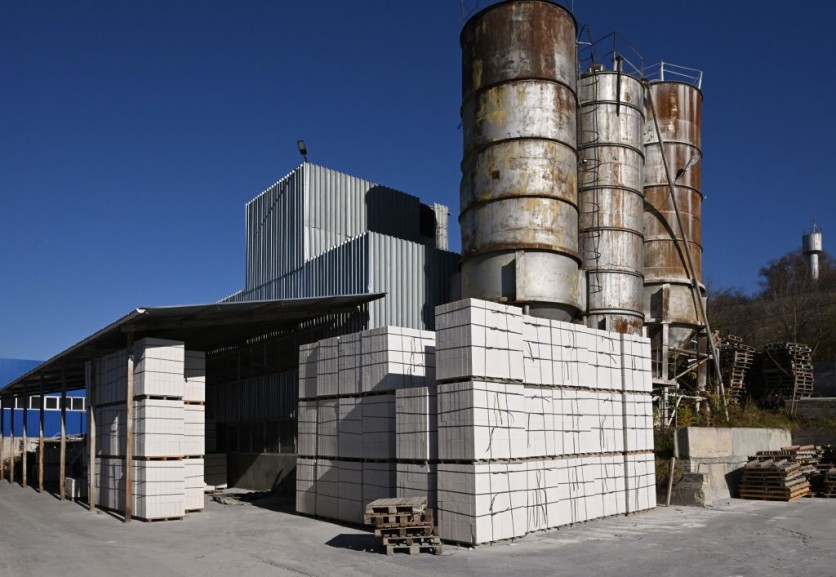One of the most overlooked sectors in the fight against climate change is the cement and concrete sector. It generates more than twice as much carbon dioxide as flying or shipping, accounting for around 8% of world emissions, according to a report by DW.
But despite its heavy cost to our environment, it remains to be an essential component in our lives. We rely on cement to build houses, buildings, and other structures. In fact, more than 4 billion tons of cement are produced every year to meet infrastructure demands.
Now, concrete is being used as a climate solution by CarbiCrete, a technological business based in Montreal.

Unique Carbon Removal Tech
Concrete without cement and with a carbon negative balance can be created from industrial byproducts and captured carbon dioxide thanks to the unique carbon removal tech by CarbiCrete, as reported first by Interesting Engineering.
According to Yuri Mytko, the chief marketing officer of CarbiCrete, 150 kilograms (kg) of CO2 are reduced or eliminated for every ton of concrete produced utilizing the CarbiCrete technology.
Precast construction materials may now be produced that are more durable, affordable, and environmentally friendly than cement-based alternatives.
The business provides concrete producers with the procedure and assistance needed to integrate this replacement technology into their current facilities. With two major exceptions, the procedure is the same as creating cement-based concrete, according to Mytko.
One is that the cement, which serves as the mixture's binder, is replaced with pulverized steel slag, a byproduct of the steel-making process.
Furthermore, the curing of the concrete takes place in a customized, sealed absorption chamber rather than heat and steam.
The CO2 is trapped and transformed into stable calcium carbonates throughout this carbonation process, occupying the matrix's gaps to create a thick structure and strengthen the concrete.
CarbiCrete plans to license its carbon-negative concrete technology to manufacturers globally because its technique can be incorporated into any current concrete production facility.
When Will Production Start?
The company will raise production to 25,000 units per day as a result of a collaboration with Quebec-based Patio Drummond, a producer of concrete.
Drummond's precast facility in Drummondville, Quebec, will serve as the home for the industrial-scale pilot project.
The first commercially available carbon-negative concrete blocks will be produced starting in the upcoming weeks, according to Mytko.
The CEO also said that the blocks are also less expensive because cement is replaced in their process with steel slag, which is normally considered waste.
Related Article: Arctic Virus Spillover: New Study Claims Climate Change Could Increase Its Risk; Will This Lead to More Pandemic?

![Apple Watch Series 10 [GPS 42mm]](https://d.techtimes.com/en/full/453899/apple-watch-series-10-gps-42mm.jpg?w=184&h=103&f=9fb3c2ea2db928c663d1d2eadbcb3e52)



